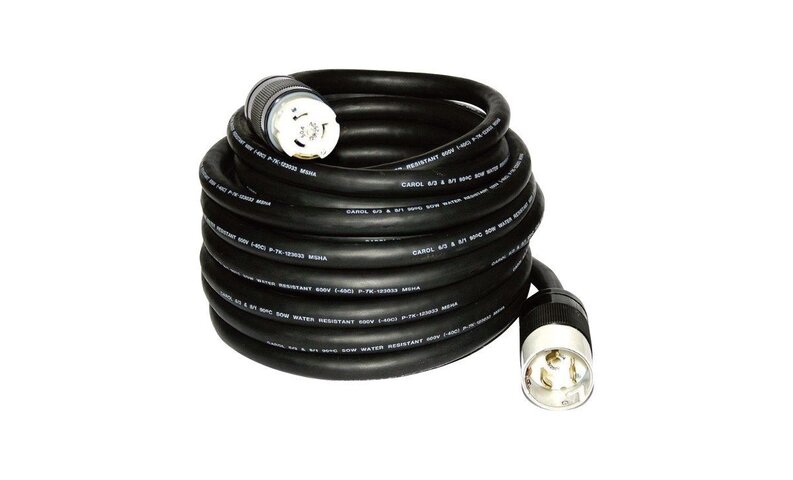In a recent discussion, member @JD linked to this cord:

CEP All-Weather Power Cord — 50-Ft., 50 Amps, 240 Volts, Model# 6450M | Generator Cordsets Plugs| Northern Tool + Equipment
What I find peculiar is that the jacket reads
WHY would a cable have two different sized conductors?
Is there some NFPA code or listed, by NRTL that allows (or requires) this?
I know school is supposed to be over for the summer, but one never stops (or at least should never stop) learning. Students only, for one week please.

CEP All-Weather Power Cord — 50-Ft., 50 Amps, 240 Volts, Model# 6450M | Generator Cordsets Plugs| Northern Tool + Equipment
What I find peculiar is that the jacket reads
which we know means three [HASHTAG]#6[/HASHTAG] AWG and one [HASHTAG]#8[/HASHTAG] conductor(s).Carol 6/3 & 8/1 90°C SOW ...
WHY would a cable have two different sized conductors?
Is there some NFPA code or listed, by NRTL that allows (or requires) this?
I know school is supposed to be over for the summer, but one never stops (or at least should never stop) learning. Students only, for one week please.



